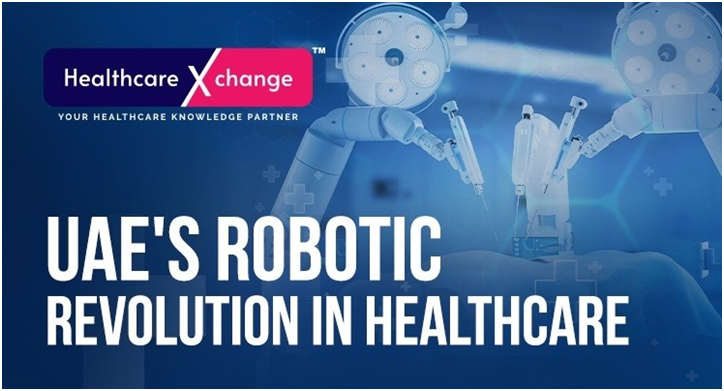
UAE Emerges as Robotics Hub: Interest in Medical Robots Surges by 66.7%
- Imaging and diagnostics
- October 15, 2024
Highlights:
-
The UAE has emerged rapidly to be a hotspot of robotics innovation
-
A rise in the number of surgeons in the region utilise robots to help them execute complex surgeries with greater precision and speed
The UAE is rapidly becoming a focal point for robotics innovation, witnessing a 66.7% increase in searches for “medical robots,” “AI robots,” and “benefits of robots” over the last five years. This growing interest reflects the transformative impact of robots across various industries in the UAE, from manufacturing to hospitality, aiming to enhance productivity and reduce costs.
The nation’s keen interest in robotics and artificial intelligence underscores its dedication to adopting cutting-edge technologies for economic prosperity and creativity. With the recent announcement of the world’s largest integrated waste management facility, the UAE positions itself as a global hub for sustainable technology, with robotics playing a pivotal role.
Renowned UAE robotics specialist, Robosculptor, notes, “The advent of AI and medical robots has generated significant progress in vital fields, showcasing the population’s readiness to embrace the potential of robotics.”
Medical robots are revolutionising the healthcare sector, being increasingly utilised by surgeons in the UAE for complex surgeries due to enhanced accuracy and speed. This adoption not only improves therapies but also has the potential to reduce healthcare costs for the country.
The rising popularity of robotics in healthcare is evident in the UAE’s embrace of innovations like the Robosculptor, a robotic body-shaping device. Google Trends analysis reveals an 80% surge in searches for “robotics” over the past five years, with a significant spike in the last year alone. As the country’s interest in technology and automation grows, the market for such gadgets is expected to witness substantial growth.
The surge in medical robotics can be attributed to the increasing demand for less invasive surgeries, driven by the improved precision and accuracy offered by robotic systems.




